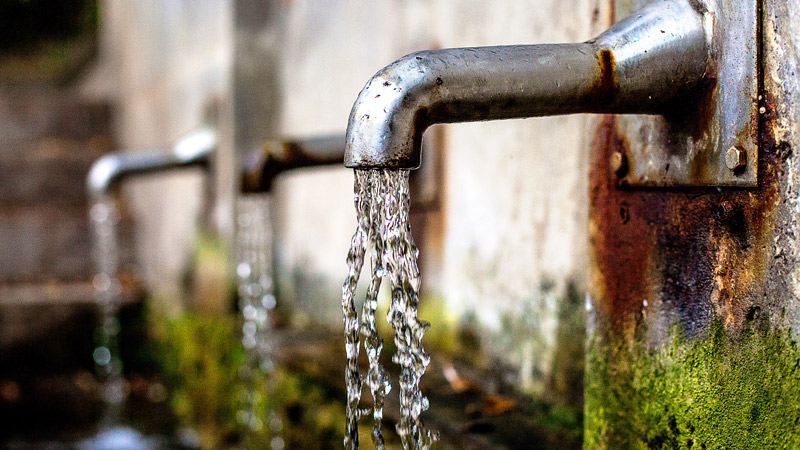Environmental health and safety (EHS) are of paramount importance in many industries and public spaces. One area where monitoring and control can have a major impact on EHS is carbon dioxide (CO2) levels. Understanding the crucial role CO2 monitoring plays in improving environmental health and implementing appropriate measures to control it can make all the difference in upholding a safe and healthy environment. In this article, we’ll discuss various strategies for monitoring CO2 levels to improve EHS standards, key considerations for effective monitoring, and how to improve environmental health by maintaining optimal CO2 concentrations.
Contents
The Importance of CO2 Monitoring
As an odorless and colorless gas, CO2 is often difficult to detect without the help of specialized equipment. High levels of indoor CO2 can lead to a variety of health symptoms, such as headaches, dizziness, and fatigue. In extreme cases, excessive CO2 concentrations can even result in unconsciousness or death. In addition to the direct impact on human health, elevated CO2 levels can also indicate poor ventilation and contribute to the overall degradation of indoor air quality.
CO2 monitoring helps ensure your workplace or public spaces comply with occupational health and safety regulations, which aim to mitigate the risks associated with exposure to hazardous substances. Regularly tracking CO2 levels also helps in identifying areas where improved ventilation is necessary, as well as facilitating prompt action in case of emergencies. Furthermore, maintaining optimal CO2 levels effectively promotes employee productivity and comfort.
Types of CO2 Monitoring Systems

There is a wide range of CO2 monitoring devices and systems available in the market, each designed to cater to specific needs and environments. One popular option is portable CO2 monitors, which are ideal for spot checks or temporary measurement requirements. These devices are easy to transport and can be moved around different spaces or rooms to assess CO2 levels on the go. Portable monitors are best suited for environments that require occasional monitoring or flexibility in deployment.
Continuous CO2 monitoring systems, on the other hand, provide real-time data to help maintain consistent indoor CO2 levels at all times. These devices are permanently installed in the building and can be integrated with other components of the building’s HVAC system. Continuous monitors are well-suited for environments that require constant monitoring, such as industrial facilities or spaces with high occupancy rates, like offices, classrooms, or public buildings.
Tips for Effective CO2 Monitoring
For an efficient CO2 monitoring program, carefully select the most appropriate type of monitoring system based on your specific requirements, budget, and the environment in question. It’s also crucial to place the monitors at the proper height and location, as CO2 concentrations can vary within a room. Monitors should be mounted in areas with the highest risk of CO2 exposure, such as near HVAC systems, gas-fired appliances, or indoor garages.
Proper calibration and maintenance of CO2 monitoring devices are key to ensuring accurate measurements. Regularly calibrating your devices according to the manufacturer’s recommendations will help maintain their accuracy and prolong their life. Additionally, keeping track of your monitoring equipment’s performance and consulting experts for troubleshooting issues is vital for consistent and reliable results.
Enhancing EHS Through CO2 Monitoring

Effective CO2 monitoring is a crucial strategy for improving environmental health and safety in various settings. By carefully selecting the appropriate monitoring equipment, regularly maintaining and calibrating devices, and fostering a culture of safety among occupants, organizations can significantly reduce the risks associated with high CO2 levels while also promoting environmental sustainability.
Adopting smart CO2 monitoring systems can provide greater insights and control, allowing for more efficient energy management and EHS compliance. By recognizing the role CO2 monitoring plays in maintaining optimal indoor air quality and taking appropriate measures to control its levels, we can create a safer and healthier environment for everyone.
Altogether, investing in a comprehensive CO2 monitoring strategy is not only vital for ensuring the protection and well-being of the occupants but also contributes positively to the larger goal of creating a sustainable future for all.



